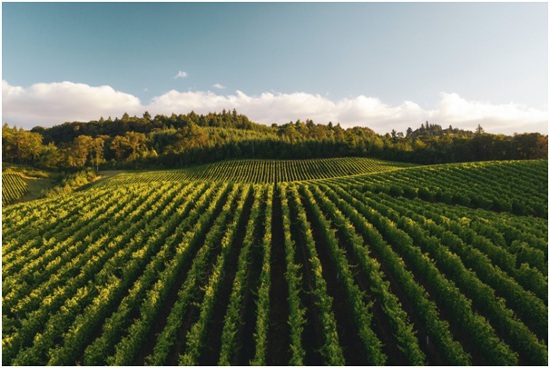Wine can be a delicious beverage enjoyed while reading a book, taking a bath, or paired with a meal. But there’s a lot more that goes into this fruity drink than just selecting a style of grape and fermenting it. Below, you’ll find five fascinating ways that soil and climate can influence your nightcap:


The Processes Followed
The climate and soil of a vineyard can have a significant impact on how a wine needs to be made. Winemakers need to follow different processes and use different vineyard machinery and commercial winery supplies depending on what kind of environment they’re operating within. Because of this, it is important that they have a solid understanding of their environment and their desired outcomes so they can ensure that these two factors align.
The Alcohol Level
If you’ve ever wondered why some wines have higher alcohol percentages than others, it may boil down to where the grapes were grown. Grapes grown in vineyards located in hotter climates will ripen faster than those grown in cooler regions.
This may not seem like a big deal. Indeed, hotter climates might even seem preferable for those wanting to move things along quickly. However, the speed of ripening does actually impact how a wine comes together. Grapes that have ripened faster will produce wine with a higher alcohol content. On the flip side, grapes grown in cooler climates will make a wine with a lower alcohol concentration. So, if you know where a wine was grown, you can teach yourself to accurately guess the alcohol content without having to check the label!
The Color of the Wine
It’s not just the temperature that can impact your beverage. The type of soil the grapes are grown in can also change the aesthetics of your wine. Grapes grown in sandy soils tend to produce wines that are lighter in color, while those produced in clay make wines with more tannins which naturally leads to a darker color.
Interesting Side Fact: Tannins are also present in bodies of water. Those with a darker or more intense color often have more tannins in them. This is why you can sometimes get water that is clean and safe to drink but that still has some color to it.
The Fruitiness
Commonly referred to as sweet wines, fruity wines are also a product of their environment. The fruitiness of a wine is determined by the climate the grapes are grown in as well as the soil the plants occupy. Particularly fruity wines often come from grapes grown in loam soil within a vineyard located in a climate with decent levels of rainfall.
Bitter vs. Sweet
Remember how earlier we were talking about how grapes that ripen faster have a higher alcohol content? Well, they also tend to produce wines that are less acidic. Grapes grown in cooler climates, on the other hand, tend to produce more acidic wines. This happens due to a combination of ripening time and climate temperatures, and it’s worth considering the next time you go to buy a bottle.
Selecting the right wine for your tastes can be hard when flavors vary so much, even in wines of the same type. Hopefully, the fun facts in this article will make your selection process a little easier. Now that you know which factors to look for, all you need to do is read up on the different wine regions and learn about their climates and soil types. These facts are also fun to pull out at parties, especially if you’re rubbing shoulders with a sophisticated crowd. So don’t be afraid to share your new knowledge.

























